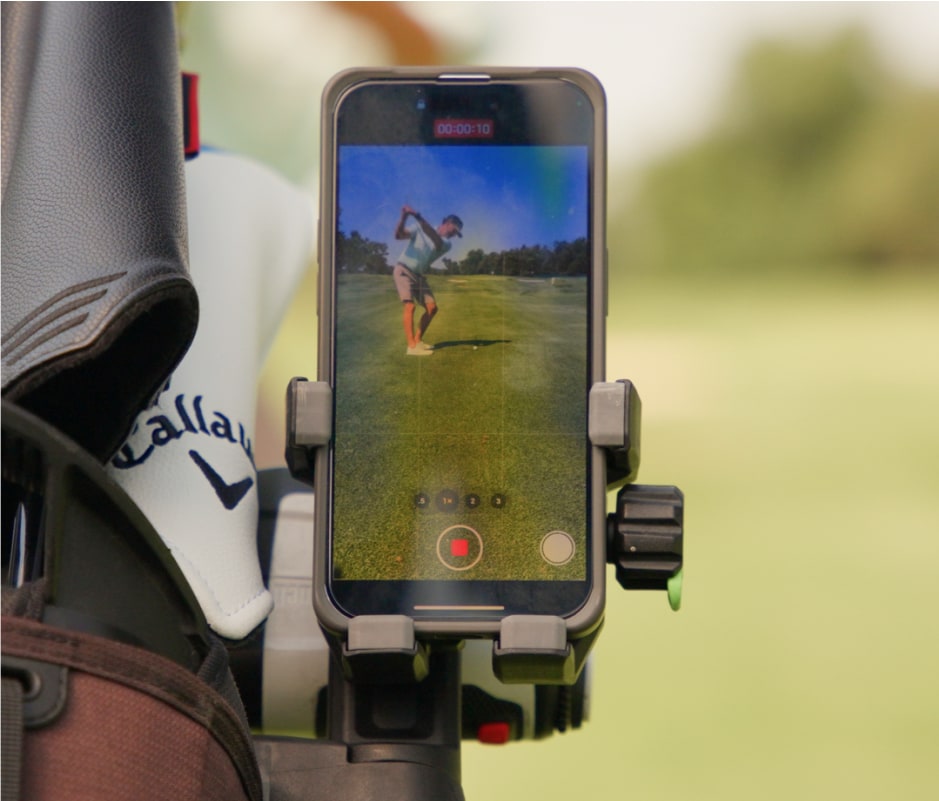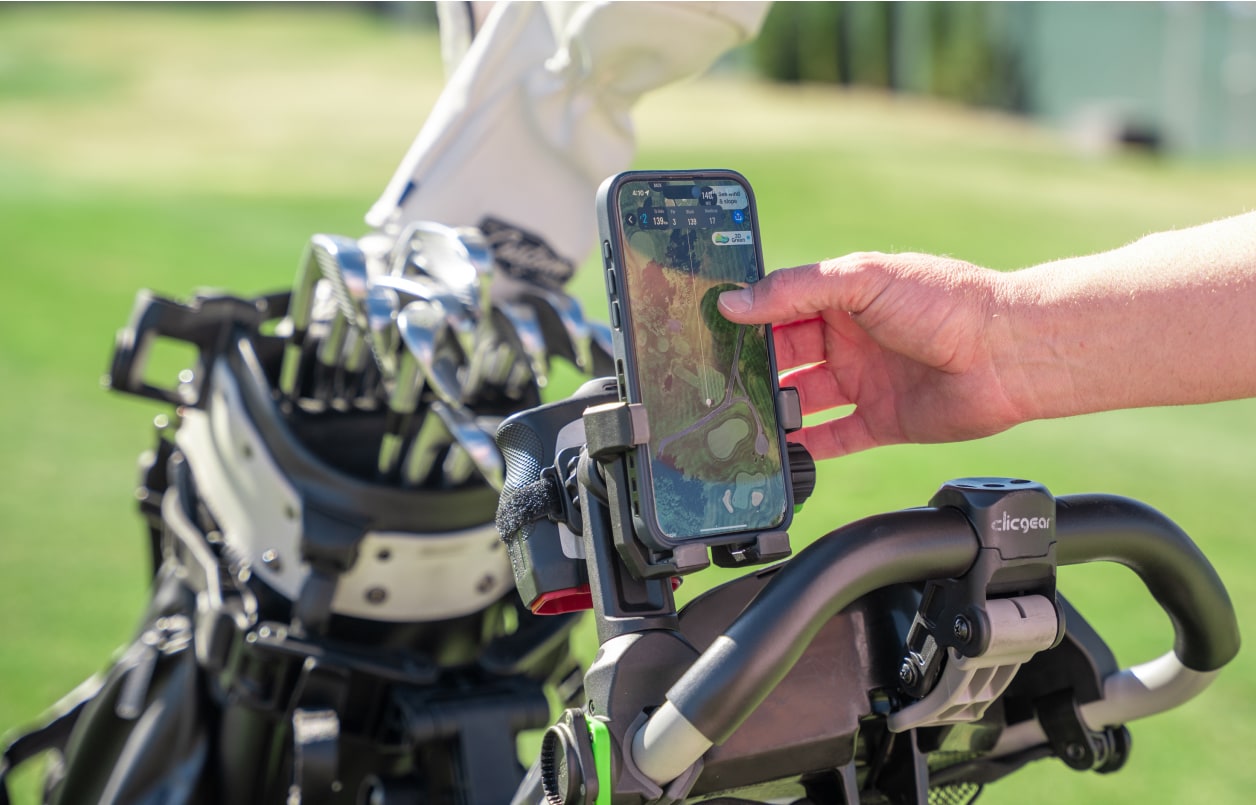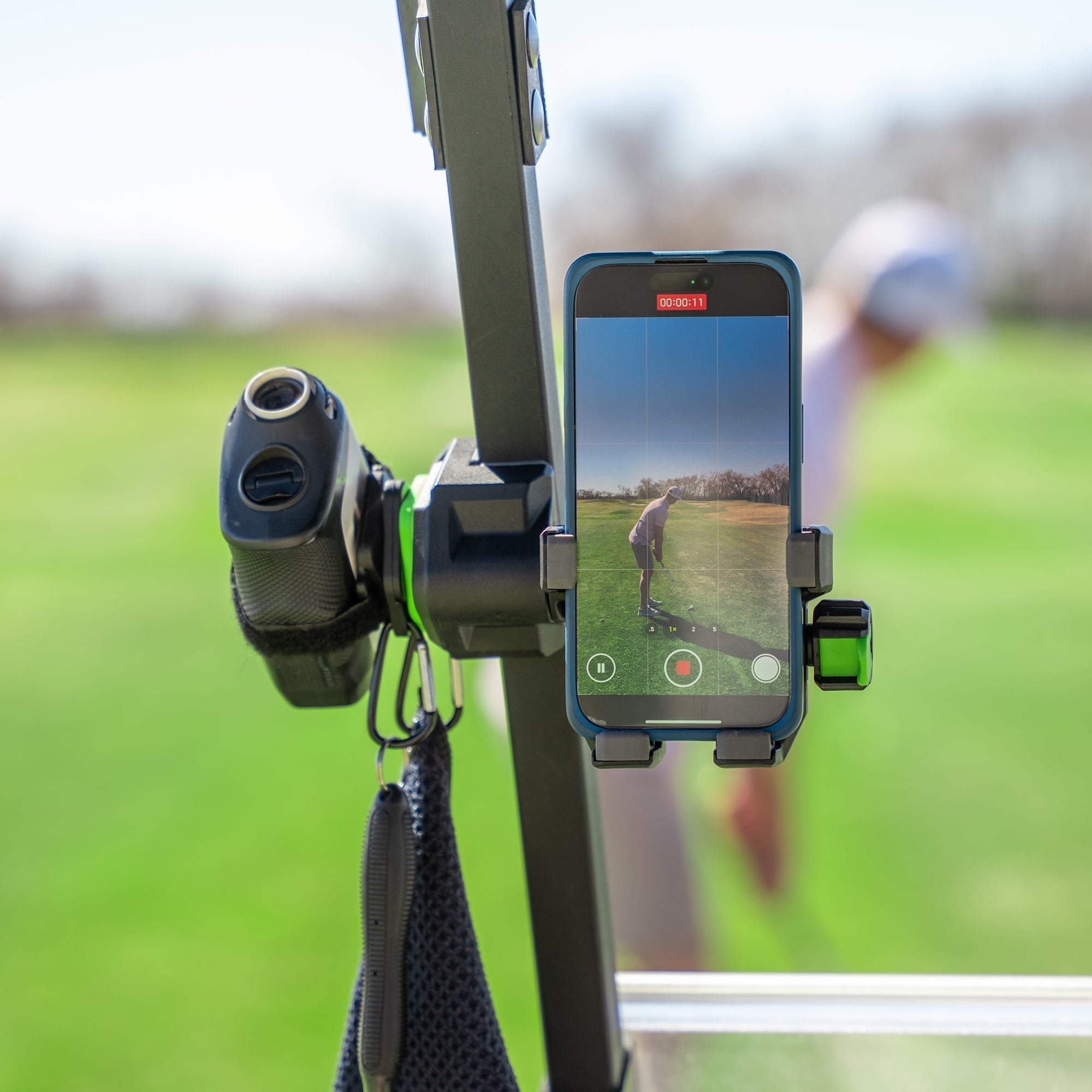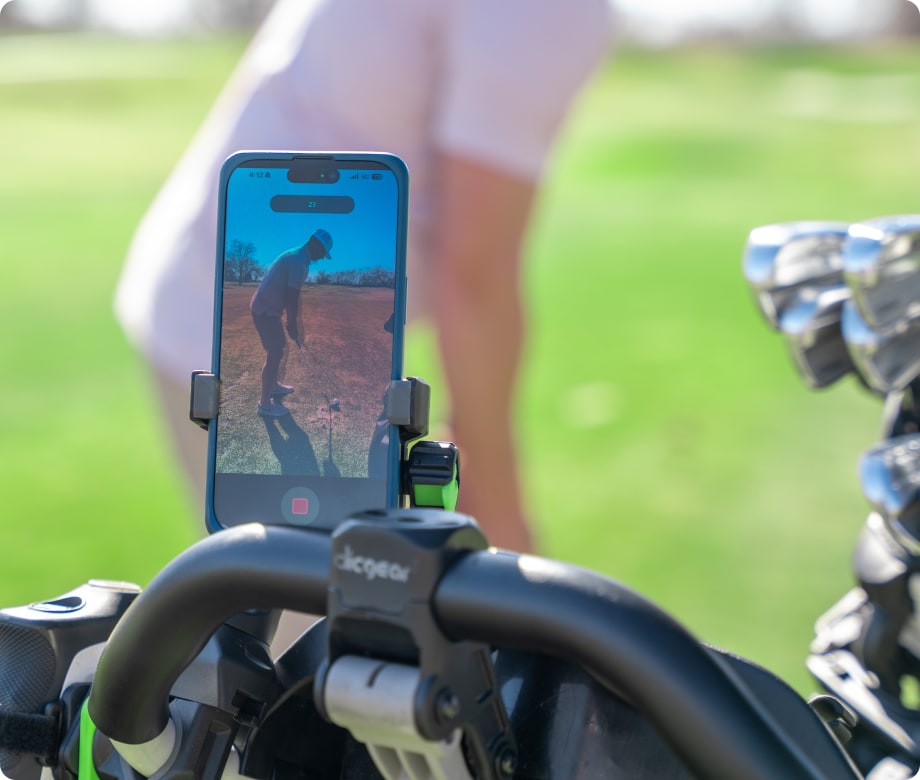How You Practice is Just as Important as What You Practice
After 20+ years as a PGA Professional, I've seen thousands of golfers waste countless hours on the range. They pound ball after ball with the same club, making the same mistakes, and wonder why they don't improve. Sound familiar?
Here's the truth: how you practice matters just as much as what you practice. Maybe even more.
I've coached players from complete beginners to tour professionals, and the ones who improve fastest aren't necessarily the most talented—they're the ones who practice smarter. Let me share what I've learned about structuring practice sessions that actually lead to lower scores.
Capture Your Swing
You can't fix what you can't see. One game-changer I recommend to all my students is using a swing capture app like V1 Golf. This technology lets you record your swing, analyze it in slow motion, and track changes over time.
Over the years, countless students have insisted that they are aligned perfectly with their target. When we record them and watch the playback, they are often shocked at what they see. That visual feedback is worth more than a thousand verbal cues from me.
Set up your phone behind you on the target line and record a few swings during each practice session. You'll be amazed at what you discover.
Connect With a Coach
Even the best players in the world have coaches. Why? Because we all have blind spots.
Find a coach who resonates with your learning style and—this is crucial—one who embraces technology. Coaches who use platforms like CoachNow or Golf Live can provide remote guidance between in-person lessons. This continuous feedback loop accelerates improvement dramatically.
I work with students across the country now, having them send me swing videos weekly. We make small adjustments without waiting for our next in-person session. The progress is remarkable compared to the old model of monthly lessons with no contact in between.
Gear Up Properly
Nothing disrupts practice flow like fumbling with your phone, trying to prop it up against your bag, only to have it fall face-down in the dirt. I've been there!
Invest in quality accessories like a premium phone holder from Method Golf. These magnetic systems secure your phone to your push cart, golf cart, or bag, allowing you to record your swing from multiple angles without hassle.
I recently supplied a handful of my students with these top-of-the-line phone holders and got them to get their devices properly mounted. This makes the process a seamless transition between hitting balls and reviewing swings without breaking rhythm, and for our remote coaching sessions, it's been a game-changer.
Make It Social
Golf is better when shared. This is especially true for women and junior golfers. Practice with friends who share your commitment to improvement.
Years ago, before I transitioned to working only with competitive junior golfers, I ran a women's clinic every Wednesday, and the attendance was nearly perfect. Why? Because women hold each other accountable. They formed a community that made practice something to look forward to rather than a chore. That same scenario plays out all the time, at courses throughout the country.
When you practice with others, you're less likely to fall into mindless repetition. You'll challenge each other, celebrate improvements together, and keep each other honest about sticking to the plan.
Touch All Aspects Every Session
A comprehensive golfer needs a comprehensive practice routine. Each practice session should touch on multiple aspects of your game.
Here's how I structure a 90-minute practice:
-
First 20 minutes: Short game (putting, chipping)
-
Next 40 minutes: Full swing work with feedback
-
Final 30 minutes: On-course simulation (playing imaginary holes)
This approach prevents the common trap of only practicing what you're already good at. By touching all aspects of your game each session, you ensure balanced improvement.
Commit to practicing 2-3 times weekly. Consistency trumps intensity every time.
Document Your Journey
The road to better golf is rarely a straight line. Record your practice sessions and review them regularly to see patterns and progress.
I have students keep a simple practice journal, noting what they worked on and how it felt. When combined with video recordings, this creates a powerful reference that shows improvement over time—even when it doesn't feel like you're making progress day-to-day.
Remember, golf improvement is a marathon, not a sprint. The players who improve most aren't necessarily grinding eight hours daily—they're the ones practicing with purpose, using technology wisely, and staying consistent.
Structure your practice thoughtfully, and you'll be amazed at how much more you get from the same amount of time. Your scorecard will thank you.
About the Author
PGA of America Golf Professional Brendon Elliott is an award-winning coach and golf writer. Check out his weekly Monday column on RG.org sign up for his newsletter, and visit OneMoreRollGolf.com to learn more about Brendon and his work.





